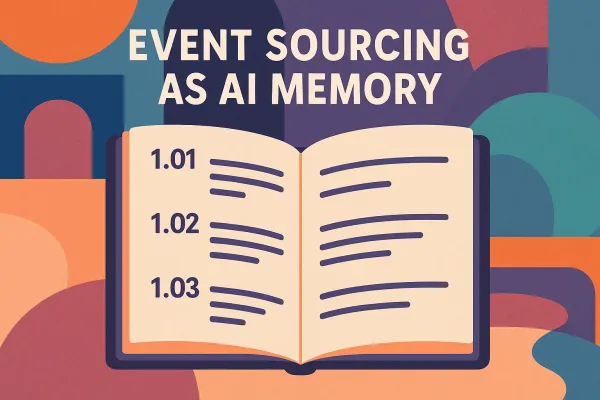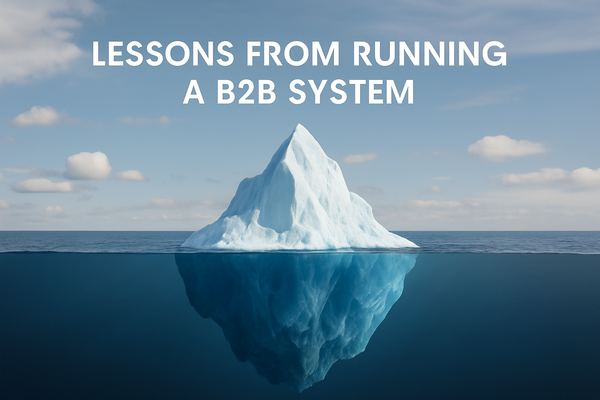5 Popular Customer Data Platform (CDP) Use Cases
Find 5 most popular use-cases of CDP

Customer Data Platforms (CDPs) have become essential tools for businesses looking to leverage their customer data effectively. Here are five of the most popular use cases for CDPs, demonstrating their versatility and impact across various industries.
1. Personalized Marketing Campaigns
CDPs excel at enabling highly personalized marketing campaigns by providing a comprehensive view of each customer.
How it works:
- The CDP collects data from various touchpoints (e.g., website visits, purchase history, email interactions).
- It creates a unified customer profile, including preferences, behaviors, and demographics.
- Marketers use this data to create targeted campaigns across multiple channels.
Example: An e-commerce company uses its CDP to identify customers who have browsed winter coats but haven't made a purchase. They create a personalized email campaign featuring the specific styles these customers viewed, along with a limited-time discount offer.
2. Customer Segmentation and Targeting
CDPs provide powerful segmentation capabilities, allowing businesses to group customers based on various criteria.
How it works:
- The CDP aggregates customer data from multiple sources.
- It applies advanced analytics to identify patterns and similarities among customers.
- Marketers create specific segments based on behavior, preferences, or value.
Example: A subscription-based streaming service uses its CDP to segment customers based on viewing habits, subscription tier, and churn risk. They then create targeted retention campaigns for high-risk segments and upsell campaigns for those likely to upgrade.
3. Customer Journey Optimization
CDPs help businesses understand and optimize the entire customer journey by providing insights into customer interactions across all touchpoints.
How it works:
- The CDP tracks customer interactions across various channels (website, mobile app, customer service, in-store).
- It creates a timeline of these interactions, identifying key touchpoints and potential pain points.
- Businesses use these insights to optimize the customer journey and improve customer experience.
Example: A telecommunications company uses its CDP to analyze customer journeys from initial research to purchase and ongoing support. They identify that many customers abandon their cart during the plan selection process. In response, they simplify this step and add a live chat option, resulting in increased conversion rates.
4. Predictive Analytics and Customer Lifetime Value
CDPs can leverage historical data to predict future customer behavior and estimate customer lifetime value (CLV).
How it works:
- The CDP collects and analyzes historical customer data, including purchase history, engagement levels, and service interactions.
- It applies machine learning algorithms to predict future behaviors and calculate CLV.
- Businesses use these predictions to inform marketing strategies and resource allocation.
Example: A luxury hotel chain uses its CDP to predict which customers are likely to book high-value packages in the next six months. They create a targeted campaign for these customers, offering exclusive experiences and personalized incentives, resulting in increased bookings and revenue.
5. Cross-Channel Consistency and Omnichannel Experience
CDPs enable businesses to maintain consistency across all customer touchpoints, creating a seamless omnichannel experience.
How it works:
- The CDP centralizes customer data from all channels (online, mobile, in-store, call center).
- It ensures that all systems have access to the same, up-to-date customer information.
- Businesses use this unified data to provide consistent messaging and experiences across all channels.
Example: A retail bank uses its CDP to ensure that whether a customer interacts via the mobile app, visits a branch, or calls customer service, they receive consistent information about their accounts, personalized product recommendations, and relevant offers. This consistency improves customer satisfaction and increases cross-selling opportunities.
Conclusion
These use cases demonstrate the power of CDPs in transforming how businesses understand and interact with their customers. By centralizing and activating customer data, CDPs enable more personalized, effective, and consistent customer experiences across all touchpoints. As businesses continue to prioritize data-driven decision-making and customer-centric strategies, the importance of CDPs is likely to grow even further.



